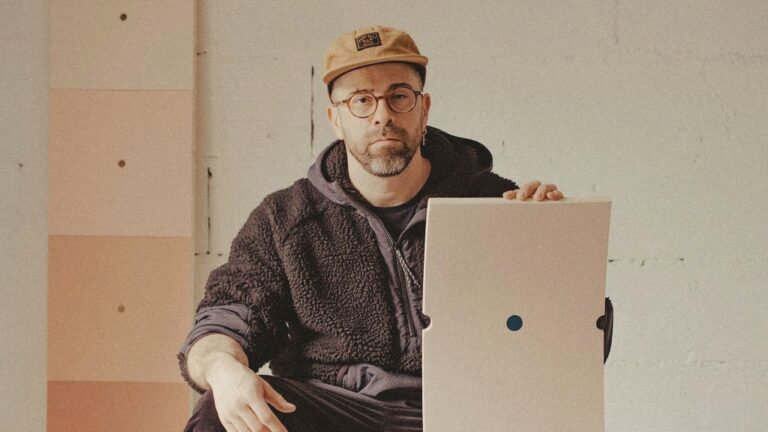
A Conversation with Alejandro Javaloyas
A Studio Visit During the La BIBI Residency
Born in 1937 in Bradford, the United Kingdom, David Hockney is a contemporary artist currently residing and working in Normandy, France. The British artist is one of the most famous painters today, internationally lauded for his impressive body of figurative artworks, encompassing seven decades.
Hockney’s oeuvre is incredibly versatile and yet recognizable. He uses various media such as painting, drawing, printmaking and collage, but also creates opera set designs, digital artworks on his iPad or iPhone, and film. His oeuvre is strongly marked by his walk of life.
Doing so, in his oeuvre, the artist implements his homosexuality, depicts his family, friends and dogs, and is directly influenced by his ever-changing environment. From the tropical and sensual life in Los Angeles, to the countryside of Yorkshire, to the blossoms of Normandy.
Hockney has depicted many different subjects throughout his career. However, certain genres or elements are very characteristic for the British painter. Think of the self-portrait, the portrait, the double portrait, portraits of his dogs, interior painting, landscape painting, swimming pools, showers, still life painting and daily objects.
Hockney is from a generation of artists which is often referred to as the British movement, and also the so-called School of London. However, Hockney does not pin himself down to one particular style or movement. In fact, his artworks have been so unique and refreshing, it seemed impossible to categorize his works within the ongoing trends and art movements.
Hockney is often referred to British Pop Art, but clearly is not a Pop Artist. He has been associated with Cubism, but this only refers to his work during the 1990s. In short, David Hockney simply is a contemporary painter, an artist, in the purest and most complete form of its definition. In this article, we will extensively discuss Hockney’s work, intriguing biography, iconic masterpieces and events. This is the story of David Hockney.
This article was made possible by the David Hockney Foundation. All images are courtesy of the David Hockeny Foundation unless stated otherwise.
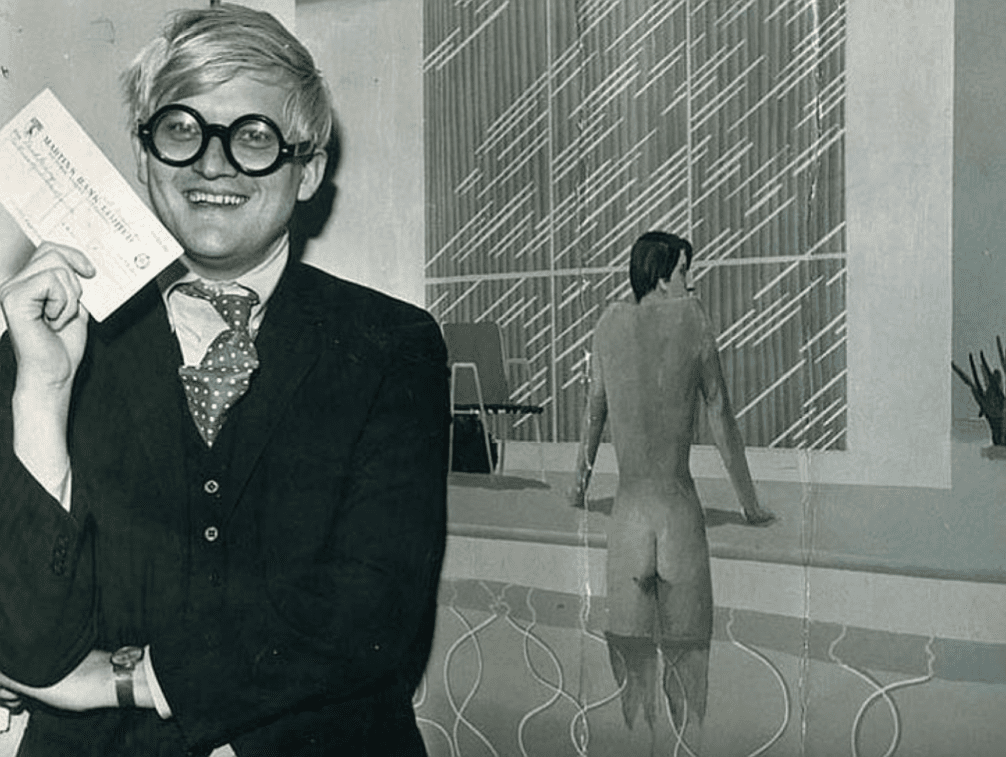
David Hockney was born on July 9 in 1937 in Bradford, the United Kingdom. The young David was a bright student in elementary school and was already interested in creativity, expression and art. As a result, when he had a scholarship at Bradford Grammar School in 1948, he preferred the art classes above all the others. Hockney states he already decided at the age of eleven he wanted to be an artist. He soon drew for the Bradford Grammar School Magazine and also did the designs for their posters in school.
In 1950, as Hockney was eager to learn more, his parents arranged private calligraphy lessons. In 1953, Hockney went to the Bradford School of Art and focused on observation drawing. During this period, Hockney discovers painting is his true passion. Hockney graduates in 1957 with a First Class Diploma with Honours. During the same year, he made his very first sale. A portrait painting of his father which had been on display at the Leeds Art Gallery.
David Hockney was ready to learn, discover and experiment. He had done a lot of drawing and academic painting, but was very interested in what Modern Art had to offer. As a result, Hockney moved to London in 1959 to study at the Royal College of Art. At this moment, Hockney meets the likes of Francis Bacon, Peter Blake, R.B. Kitaj and more.
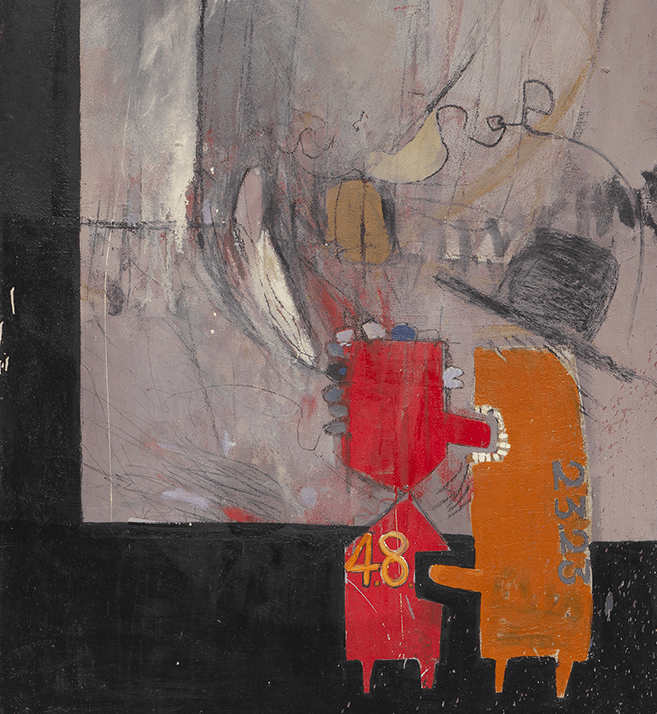
In the 1960s, Hockney’s work parted from traditional academic painting as he had his take on Modern painting, influenced by American abstract artists such as Jackson Pollock, but also by Pablo Picasso. He stopped painting figures from life and depicted them in a more abstract and suggestive, gritty manner. In 1960, he creates his first ‘serious’ painting, titled adhesiveness, which is his first attempt of a double portrait, which would later on be one of his favorite subjects. The artist claims it his first serious painting, which began to have true precision in it.
Hockney visits New York, Florence, Rome, Berlin and Egypt, and continues to broaden his world. At this point, his works starts to receive serious recognition, winning some awards, a sold out show, and also discovering his characteristic blond haircut. The artist’s personality and oeuvre take shape. He opens up on his homosexuality, starts to play with style, perspective, and his source material. Doing so, in this period the artist discovers his main characteristics, such as the domestic interiors, intimate portraits of couples, a sexual intimacy, and the interplay with pictorial illusion.
In 1964, Hockney moves to California, Los Angeles, which is a major development throughout the life and career of the British artist. Hockney claims it was everything he expected it to be, but then even three times better. He felt free, he could be who he really was, and he started to see all those bright colours in sunny California, which would make way to his works instantly. Doing so, Hockney’s painterly practice really gets up to speed in his L.A. studio, taking up Polaroid photography, depicting life and the environment in L.A., think of the Californian landscapes and swimming pools.
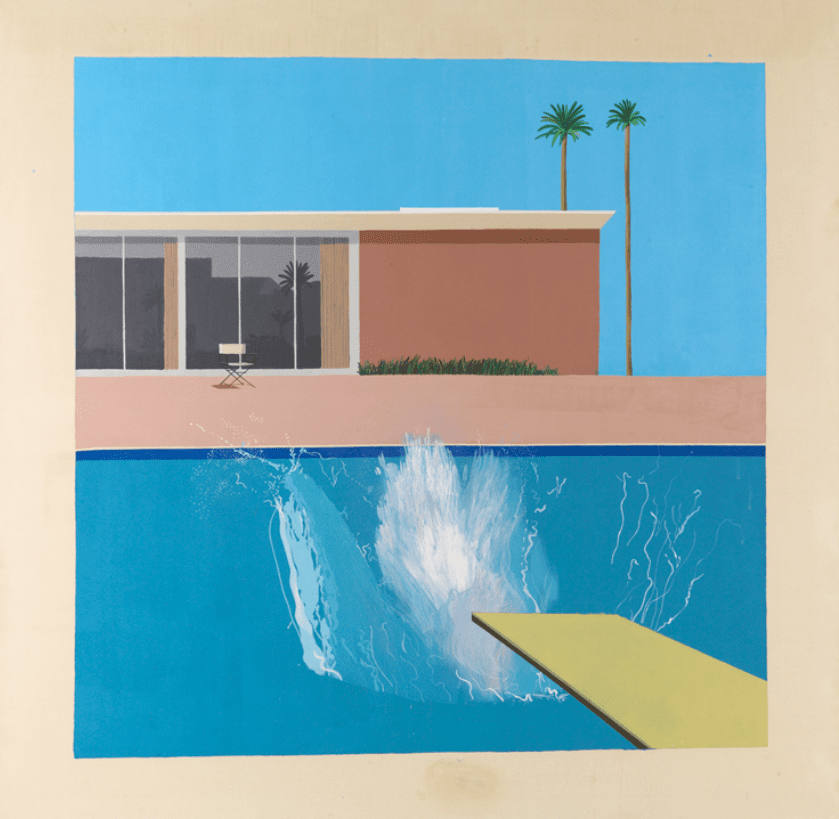
During this period, Hockney produced his characteristic L.A. paintings, including some of his most iconic works such as a Beverly Hills Housewife (1966), Portrait of Nick Wilder (1966), Bigger Splash (1967), Christopher Isherwood and Don Bachary (1968), Mister and misses Clark and Percy (1971) and arguably his most famous artwork Portrait of an Artist (Pool with Two Figures) (1972).
His works are characterized by a strong sense for naturalism within his own specific style. Perfectly balanced images with the details in all the right places. The Hockney-L.A. connection was love at first sight, as not only the artist likes his new environment, but the environment also likes his artworks a lot. They were received as refreshing and new, in an era where American abstraction was dominant.
Hockney continues to travel a lot which is reflected in his works. He moved from Los Angeles back to London, before moving once more to Paris. In Paris, he continues to paint masterpieces and also continues to experiment resulting in some more playful pieces. In 1974 he painted the iconic double portrait Shirley Goldfarb and Gregory Masurovsky.
The double portrait would continue to be one of his characteristic genres. Think of the aforementioned paintings of Christopher Isherwood and Don Bachary and Mister and Misses Clark and Percy, but also the iconic double portrait of his parents titled My Parents and Myself from 1975-1976. In this painting, we see Hockney incorporates the self portrait into the double portrait, presenting himself as a self-conscious artist, in the tradition of Jan Van Eyck’s Arnolfini Portrait and Diego Velazquez’s Les Meninas.
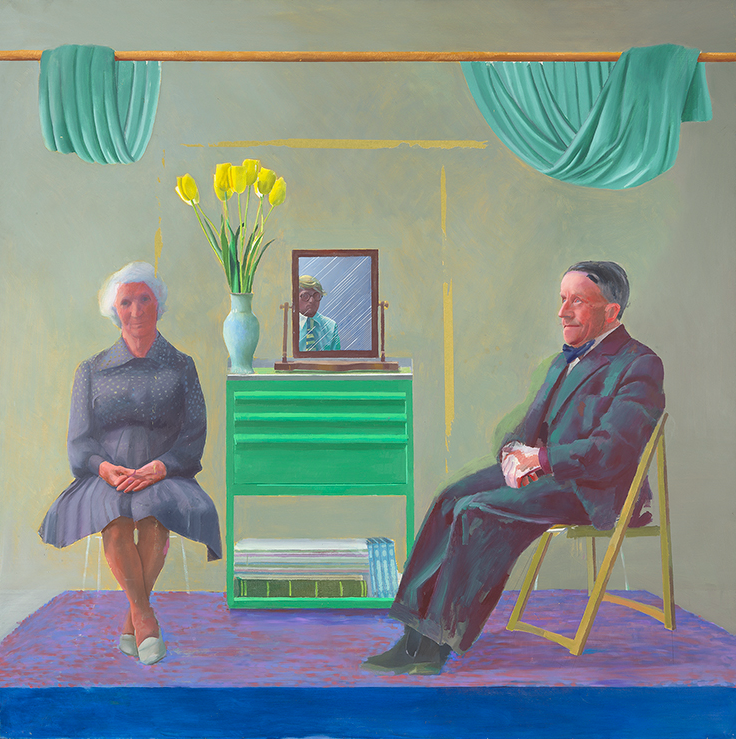
This period of the incredible rise and development of a young boy from Bradford to an international superstar was celebrated in 1976 with his first major monographic: David Hockney by David Hockney: My Early Years. The artist takes on a retrospective viewing point towards his oeuvre, his career and himself. The subtitle ‘My Early Years’ indicates the very self-conscious artist knows exactly where he is. He and his paintings now are mature, the early days are over and this is the true David Hockney.
The artist continues to create masterpieces in his own personal and mature style. Doing so, he plays with painting as a medium, its tradition and its inside qualities. For instance, with Model with Unfinished Self Portrait from 1977, the artist depicts a painting within in a painting. In the backdrop we see David Hockney working on his table. On the front plan, we see a more meticulously, detailed, and ‘finished’ depiction of a sleeping model. Although it forms one painting, the title tells us the backdrop is a painting in a painting.
The unfinished self-portrait was leaning against his studio wall while the model posed on the bed for a painting. The artist sees the opportunity and the interesting element of this meta-painting and implements it in a new painting. Due to the composition of the curtain, it seems as if there as an entirely different space behind the curtain, where the artist sits, drawing, while someone is sleeping in front of him.
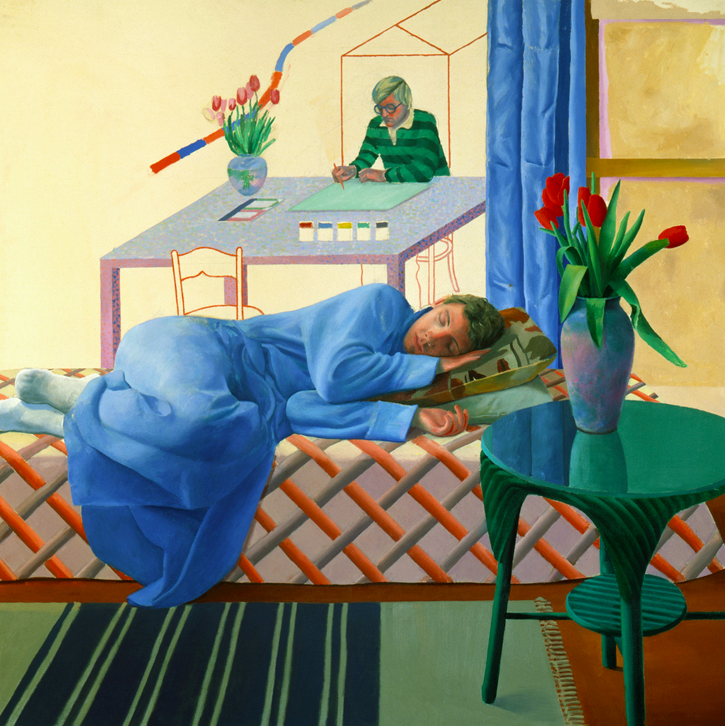
Hockney ingeniously plays with this tension in space, reality and meta-painting. Think of another iconic masterpiece of 1977 with the painting ‘Looking at Pictures on a Screen’. Doing so, Hockney makes us look at a painting, of a person looking at painting. There is a gaze in a gaze, and a painting in a painting. Or, also in the same year, with another double portrait of his parents, he uses the same composition using a mirror. This time, the mirror does not reflect the artist as a self-portrait, it reflects a painting or picture on the wall above a fragment of the top left corner of the previous double portrait of his parents.
In 1978, Hockney returned to L.A. and continue to paint even brighter colours and started to apply the paint more loosely. Doing so, his artworks become more dynamic as the paint was created a dazzling sense of movement reminiscent of Van Gogh. Meanwhile, the artist continues to take on portraiture, but also landscape painting, inspired by the South-Californian environment, and Interior painting, inspired by the Modernist L.A. homes. At this point in time, not only did his approach towards colour, or the way he applies the paint become more dynamic, but also his approach to the perspective of the image.
Furtermore, Hockney continues to experiment with new technologies, including photography, photocopying, faxes, collage and eventually also image software such as Paintbox. Doing so, Hockney was able to paint digitally. A culmination point of these experimentations is his iconic photographic collage Pearblossom Hwy. 11–18th April in 1986.
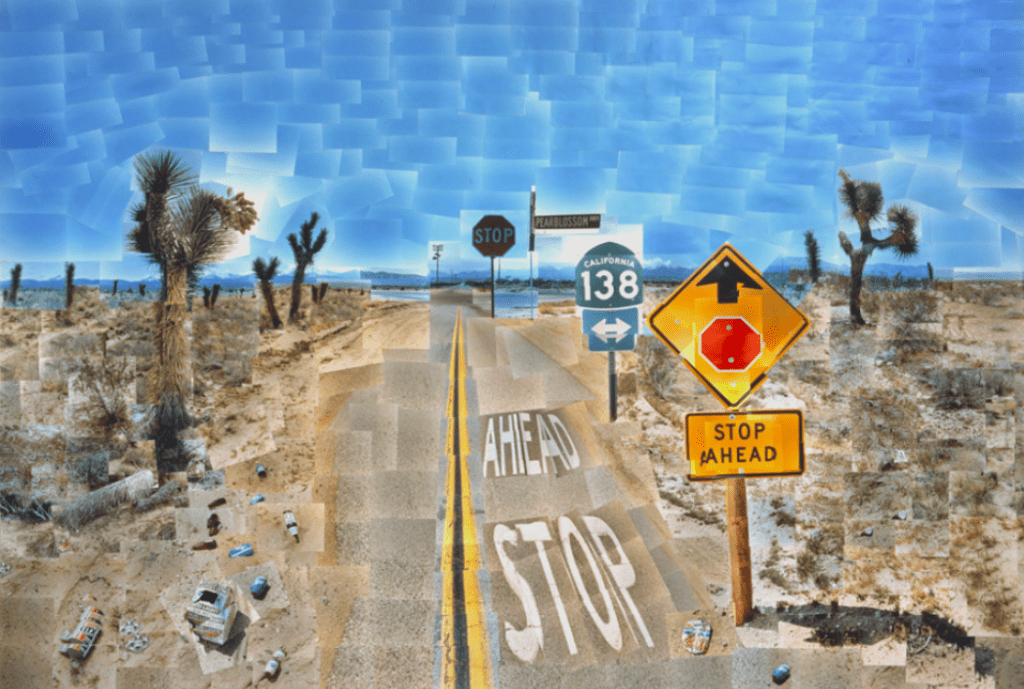
In 1988, David Hockney had his first major retrospective at the Los Angeles County Museum of Art, of almost two decades of work, comprising 250 works, paintings, drawings, prints, photographs, publication, and theater design models.
In 1989 and 1990, Hockney would produce series of portraits of his friends, but also of the Santa Monica Mountains. The controlled and balanced portraits of the late 60s and early 70s have transformed in to virtuously painted tableaus with lots of colour, contrast and movement. With the influence of his theater design, during the 1990s his works become bolder and even more colourful. His works feel more and more abstract with flashes of landscapes, light or space. Van Gogh, Picasso, or even Gauguin seem to vibrate in his so-called ‘Very New Paintings’.
Hockney did not only make portraits of his friends, he also made a large series of works of his two dogs, Stanley and Boodgie. The pair played an important role in the life of Hockney, as they lived as an inseparable trio. Beside his friends and dogs as a favorite subject, he continued to explore and investigate light and the nature of seeing with landscapes – such as the grand canyon or the Yorkshire fields – but also still-lifes and daily objects, influenced by Claude Monet and Johannes Vermeer, throughout the 1990s.

With the turn of the new millennium, Hockney takes on watercolour, creating once more portraits, still-lifes, his dogs, interiors and especially landscapes, often en plein air. David Hockney’s magic turns these very traditional and almost nostalgic genres into a series of 21st century masterpieces. One of the most iconic artworks during this period is his largest painting ever, and probably, the largest en plein air painting ever made: Bigger Trees near Warter. The painting was made in 2007 and was 4,5 meters by 12.
In 2008, Hockney moved to his largest studio ever in Bridlington and continued to produce landscapes using digital photography and by memory. In the same year, Hockney discovers Photoshop and starts the work with a stylus on a pad resulting in a series of landscapes and portraits. One year later, Hockney also starts to work from his iPhone and later on from an iPad. Hockney acknowledges the iPhone and iPad as a new medium, which would result in numerous digital artworks.
In 2010 and onwards, Hockney continued his multipanel monumental landscapes and also experiments with film. Hockney develops characteristic multicamera videowork, reminiscent to the multipanel paintings. In 2013, Hockney creates an impressive series of portraits of friends reminiscent to his older work. He would paint a total of a whopping 82 portraits which would be exhibited in 2016. Following a similar aesthetic, the British artist continued to paint groups of people as well during this period, with most often art or furniture in the room, referencing Matisse or Cezanne.
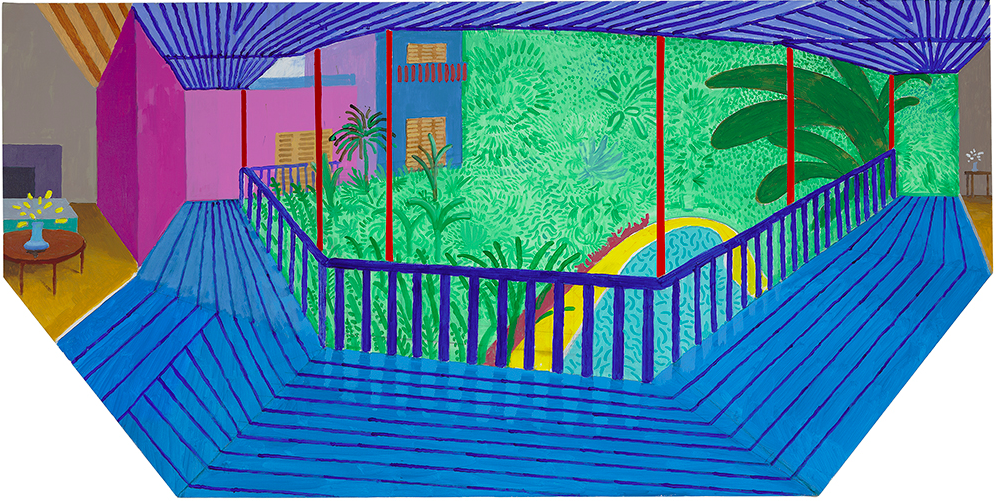
During this decade, Hockney had many major solo exhibitions at major institutions but refused to use the term retrospective up until his 80th birthday. He agreed to organize a major retrospective that would travel from Tate Britain, to Centre Pompidou and to the Metropolitan Museum of Art. At this point, Hockney takes a new direction with his work painting an hexagonal canvases which gave him new opportunities to reinvent himself once more, this at a time when everybody is canonizing his works with those major retrospectives.
Shortly after in 2018, one of Hockney’s most iconic artworks shows up at Christie in New York. Portrait of an Artist (Pool with Two Figures) from 1972 breaks the record of the most expensive artwork by a living artist, temporarily dethroning Jeff Koons. The paintings was sold for a mindboggling 90 million dollars.
Having lived in London, Los Angeles, Paris, Malibu and Bridlington, the artist falls in love with Normandy in France, where up to this day, he currently continues to work and reside. Another chapter of the never-ending story of David Hockney.
For further reading on David Hockney, we highly recommend the following monographic publications:
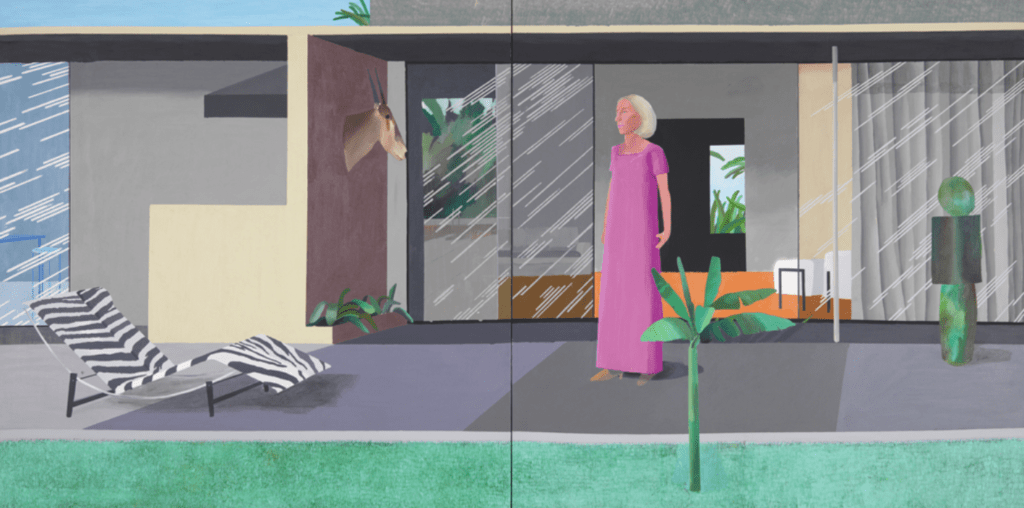
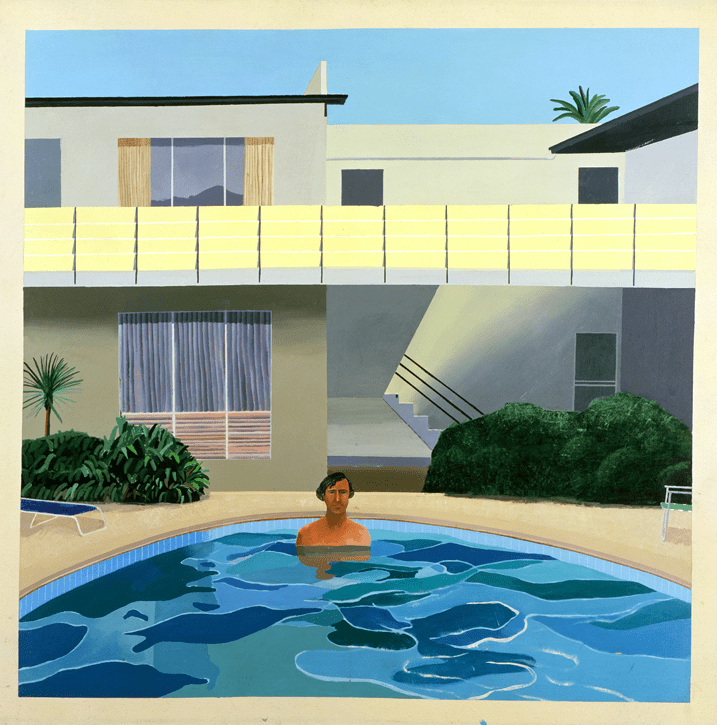
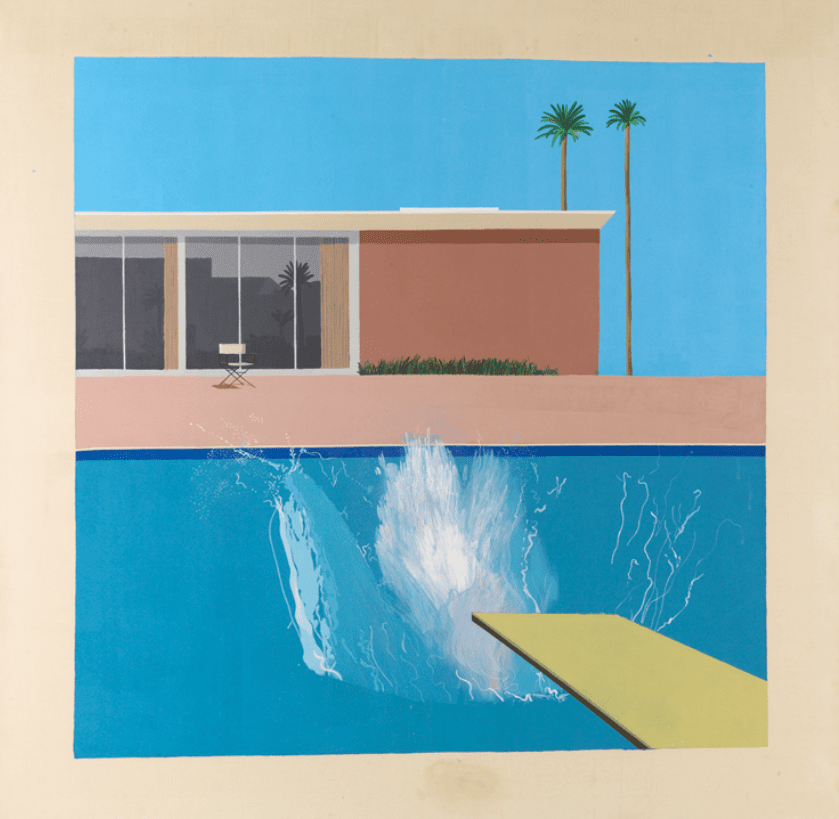
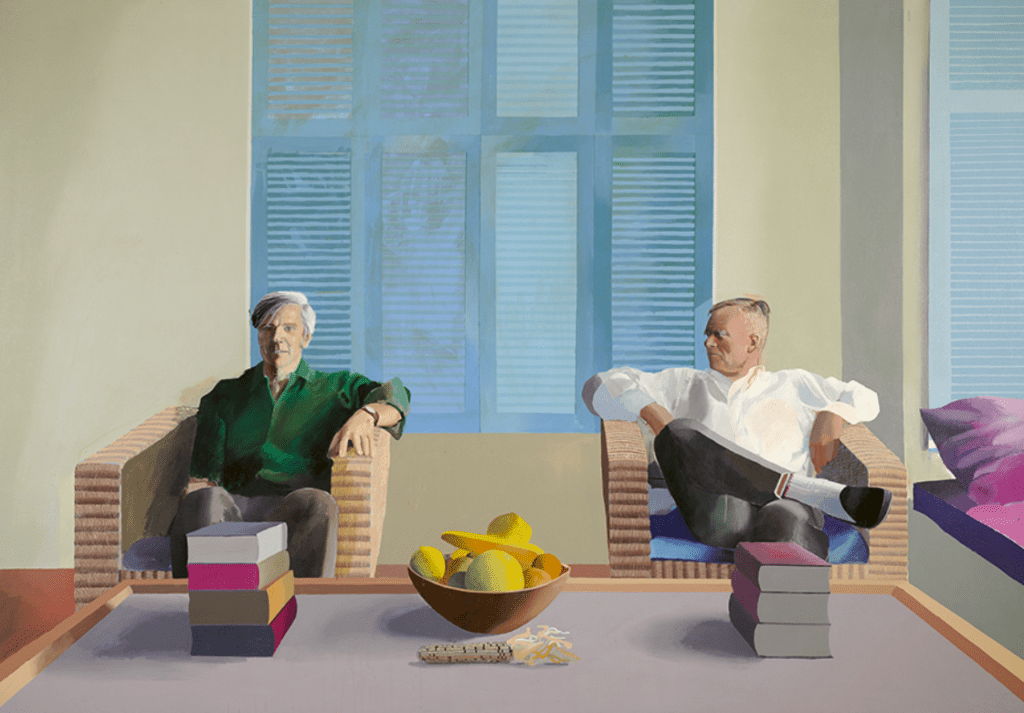
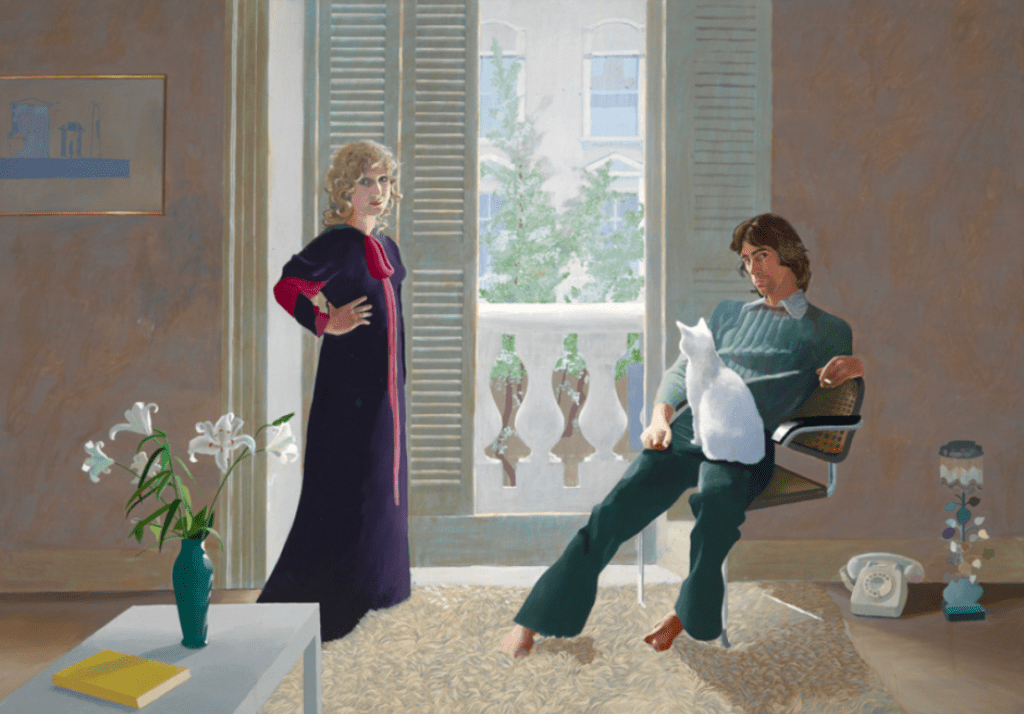
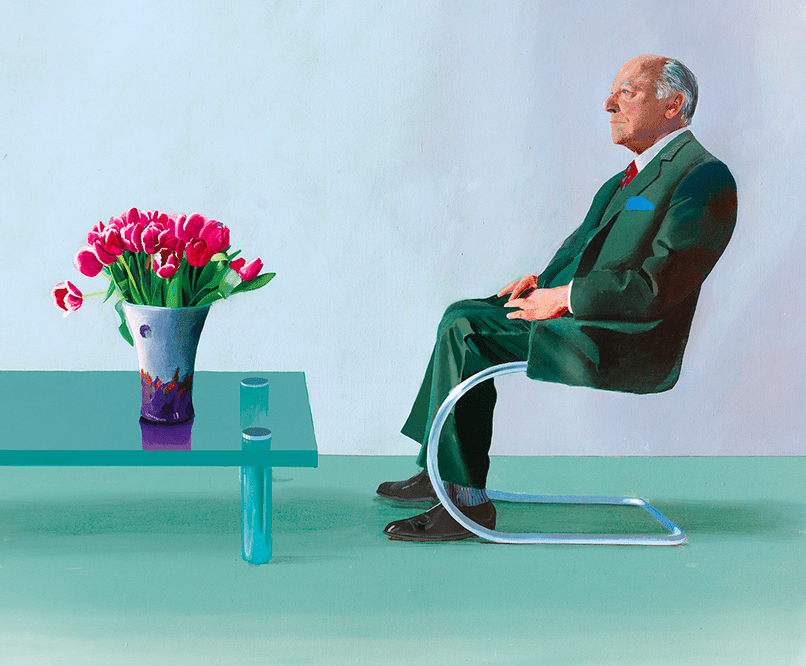
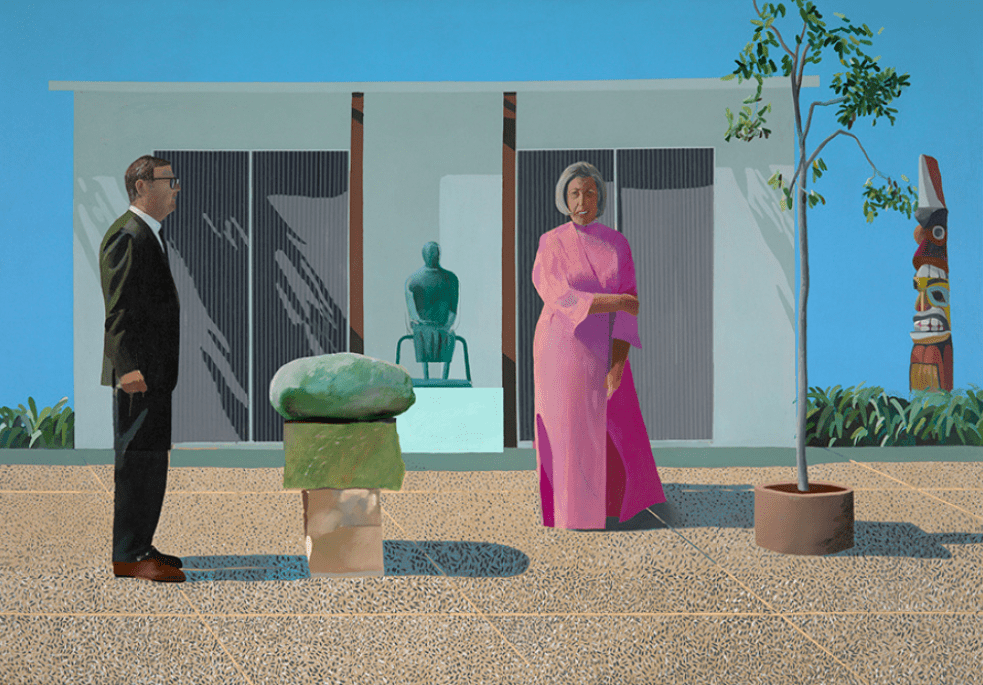
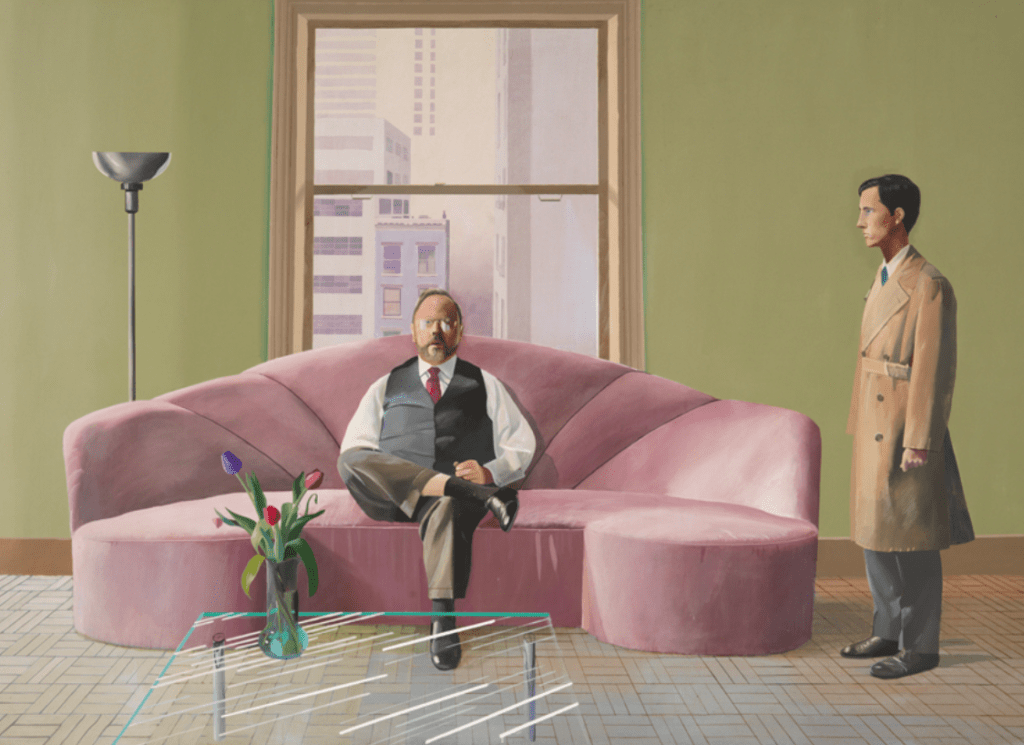
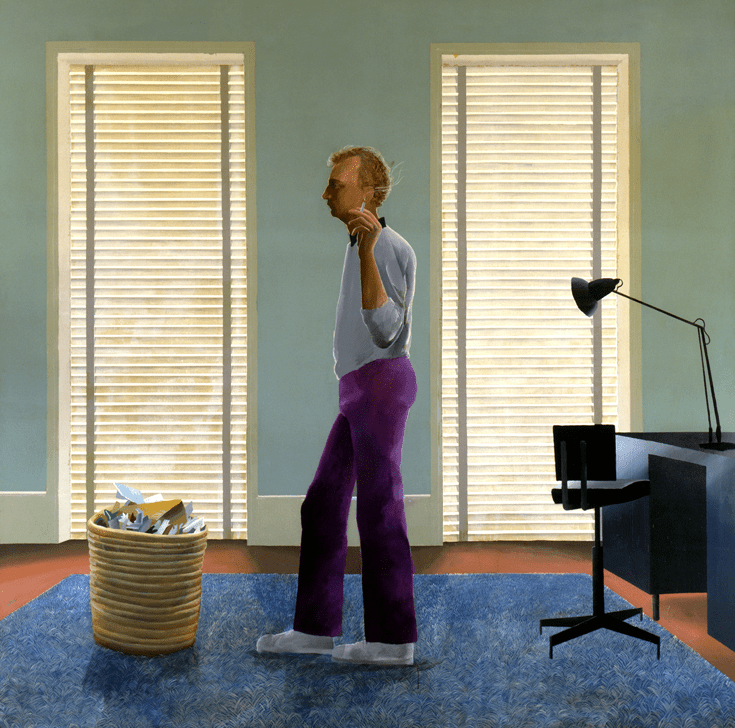
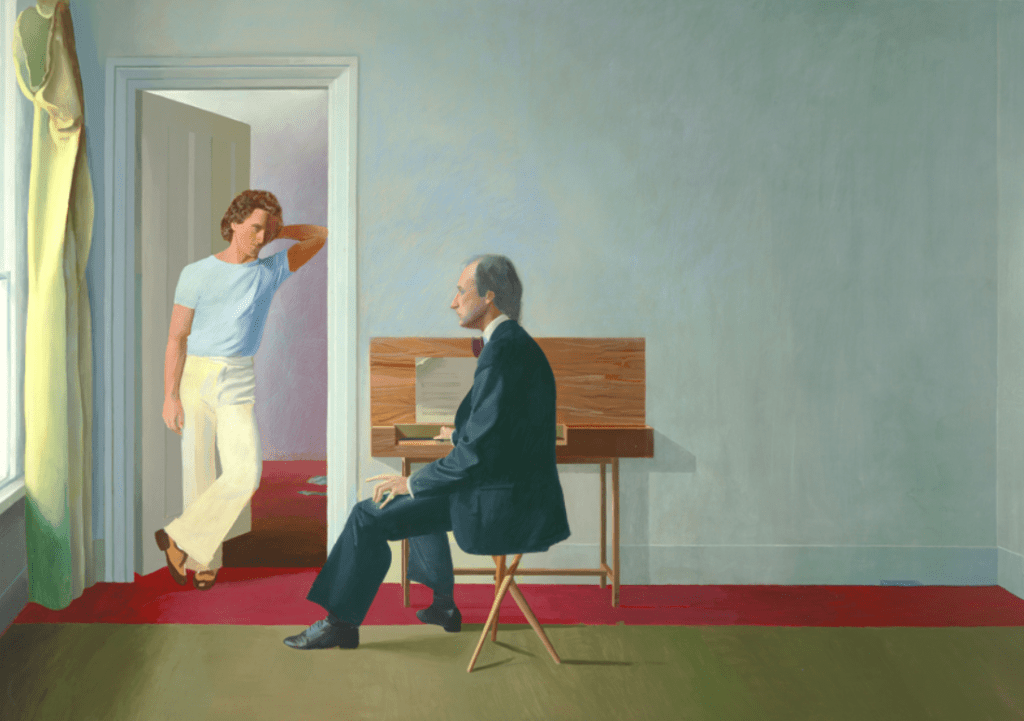
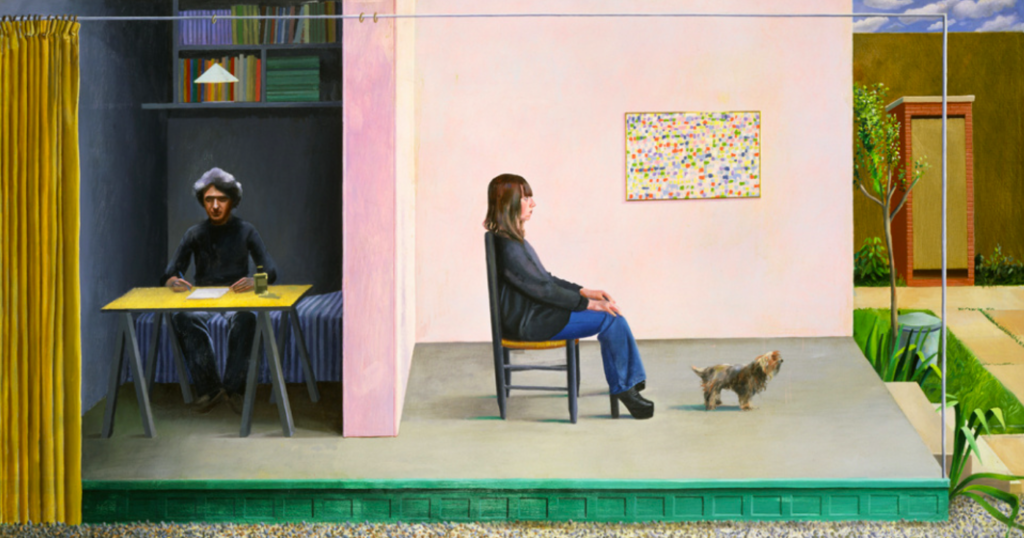
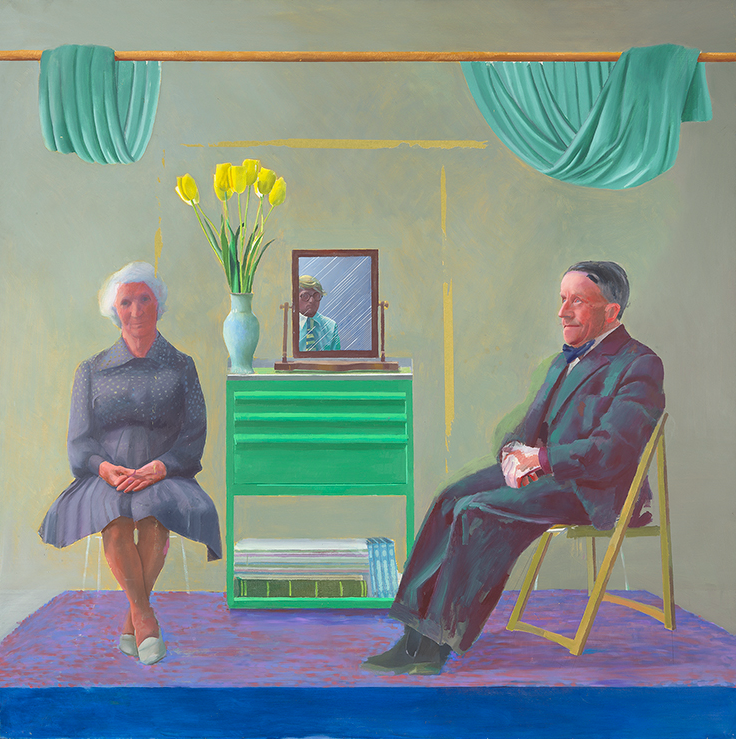
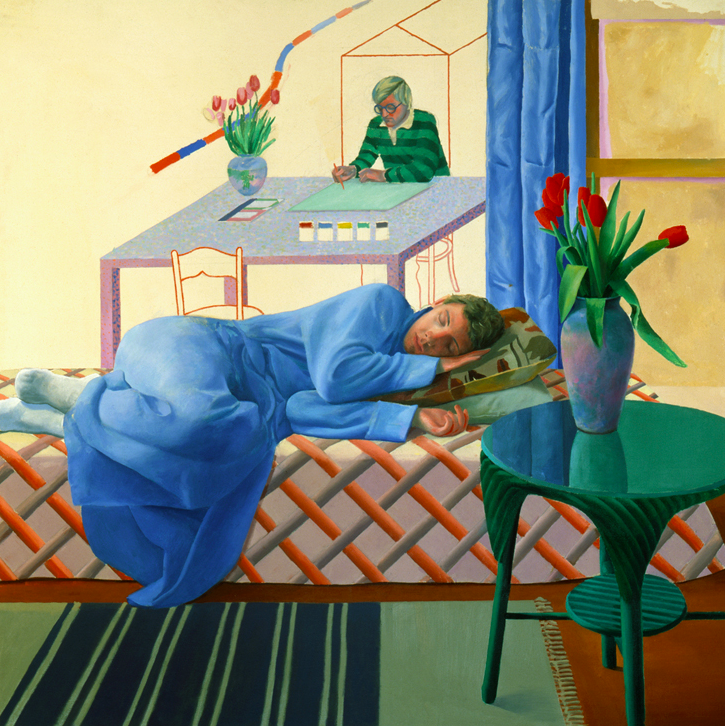
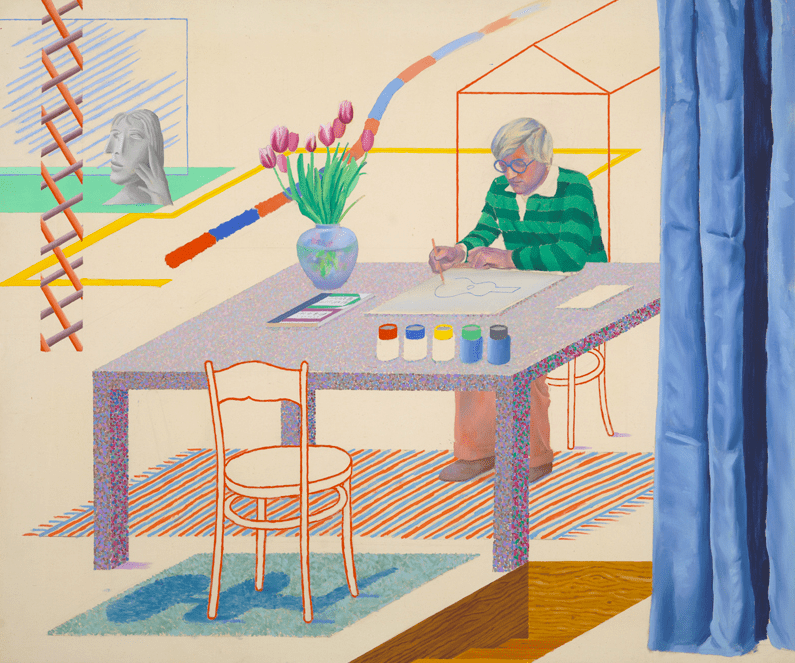
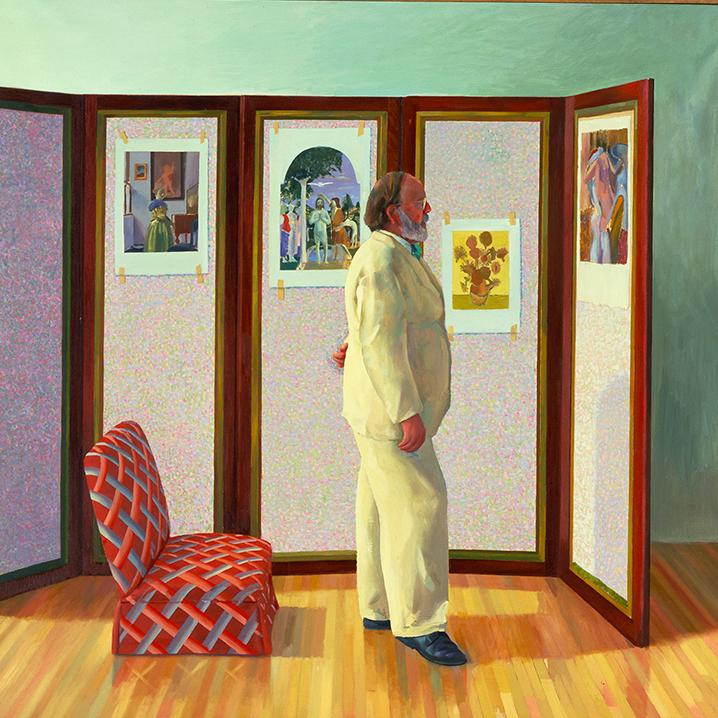
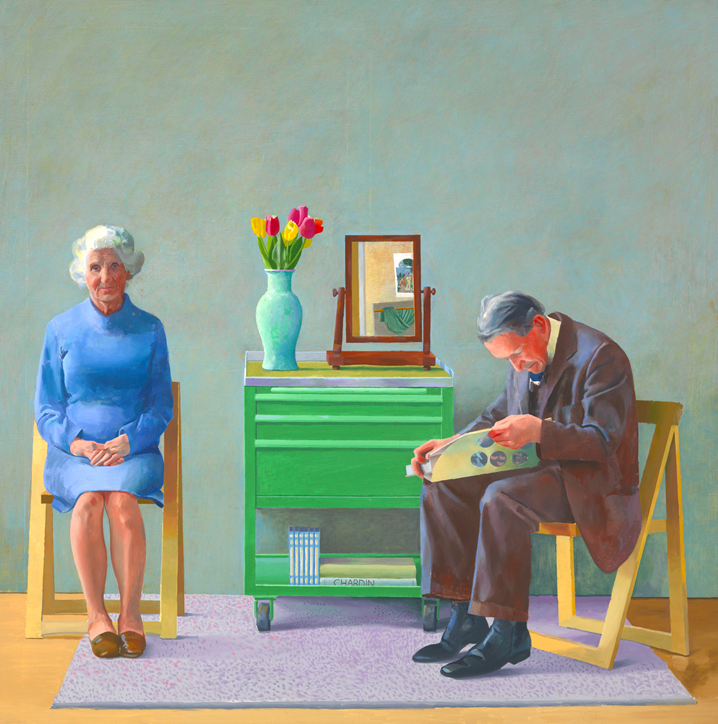
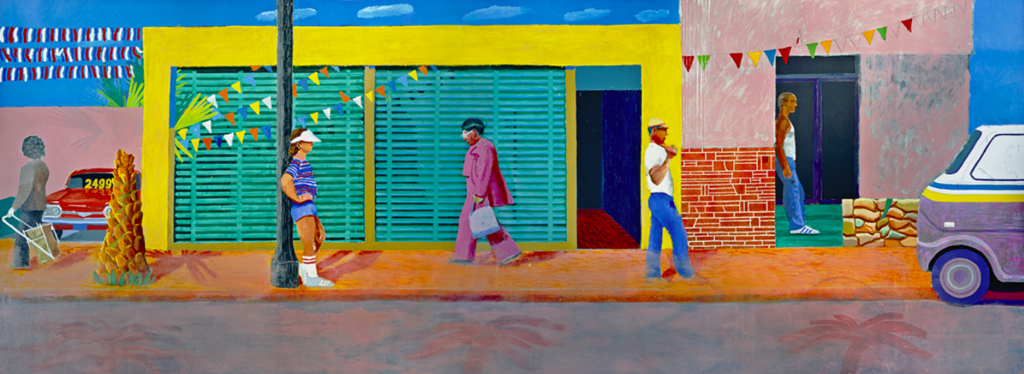
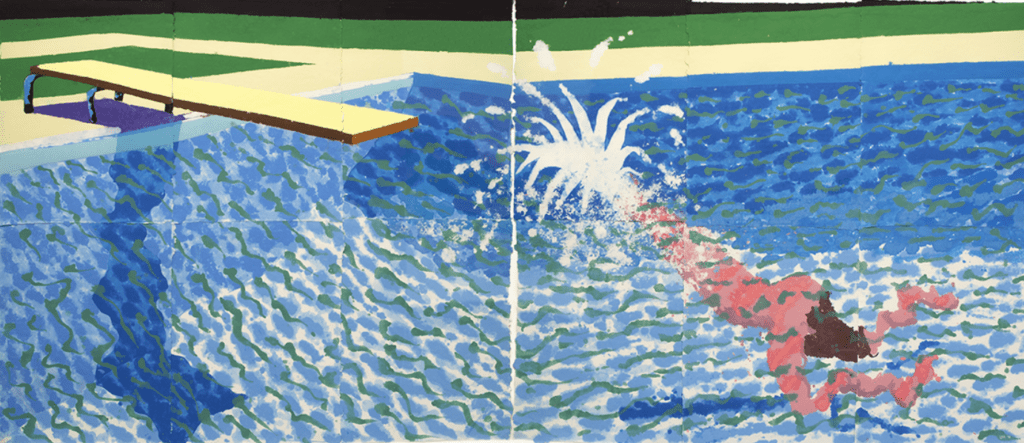
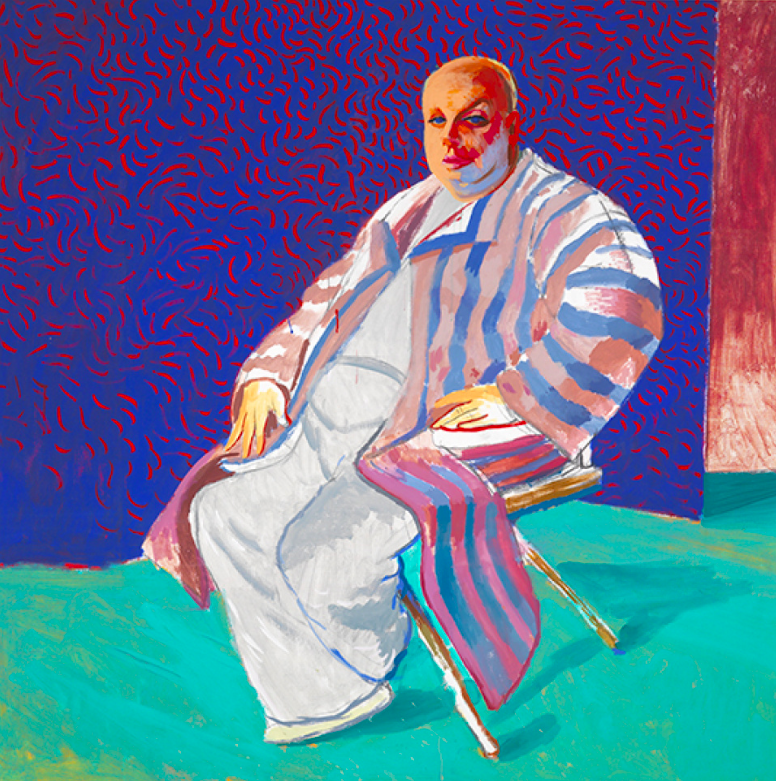
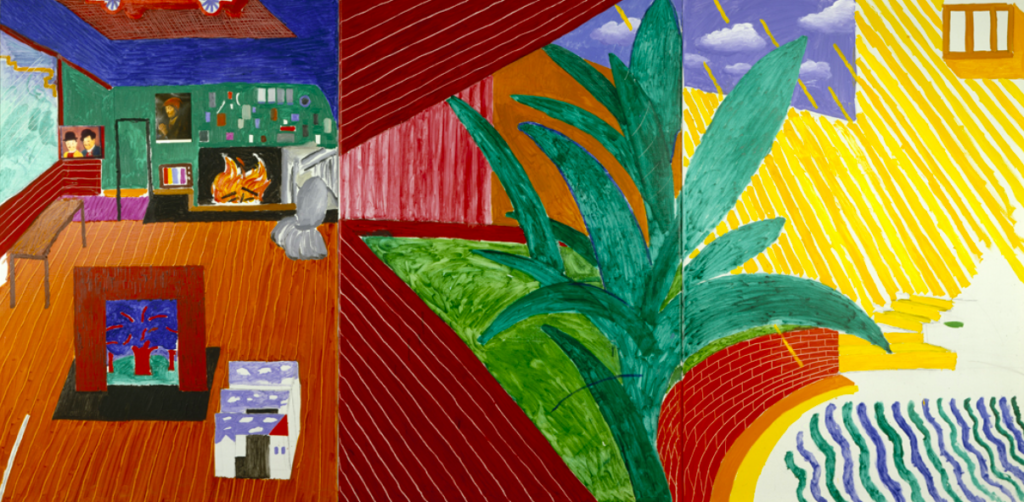
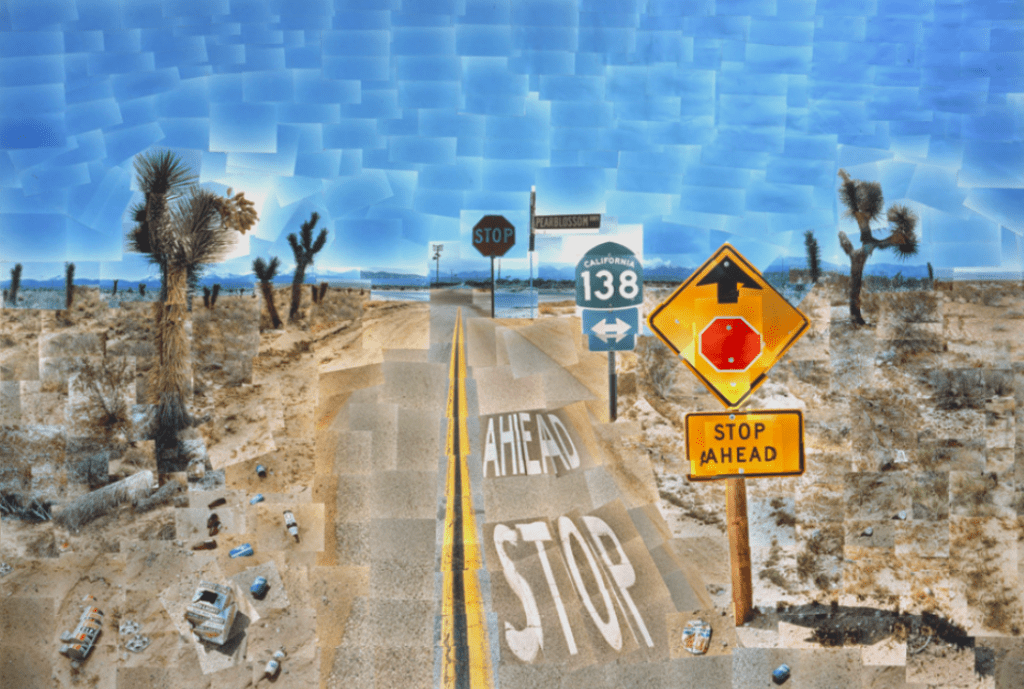
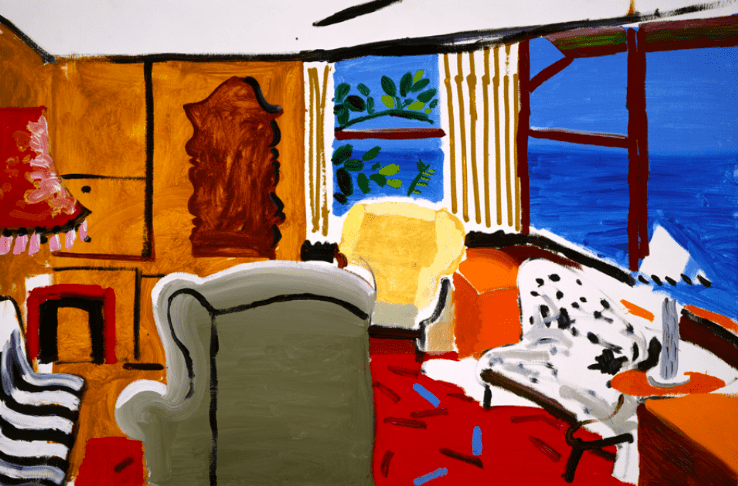
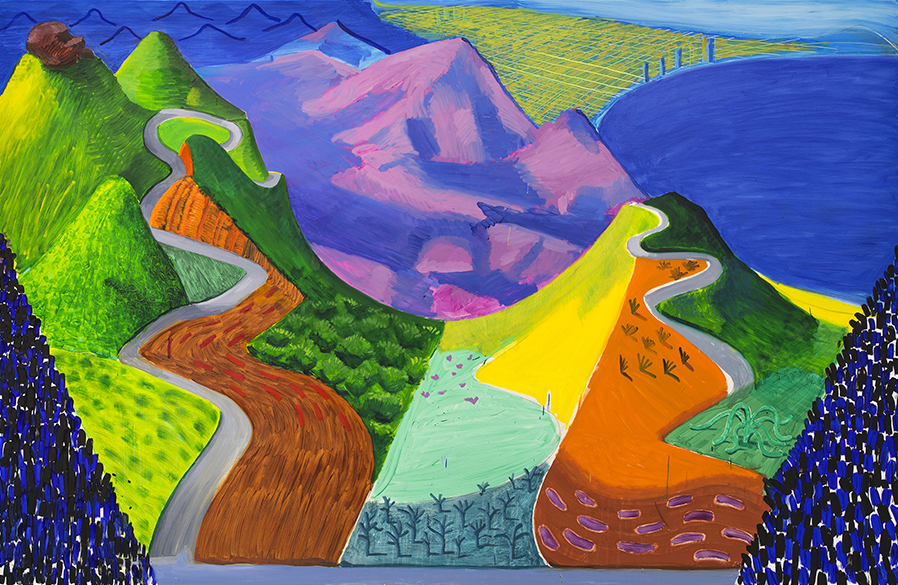
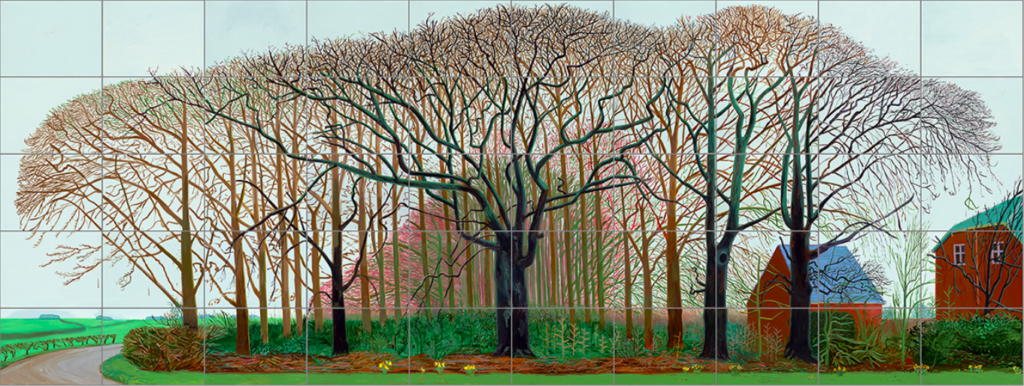
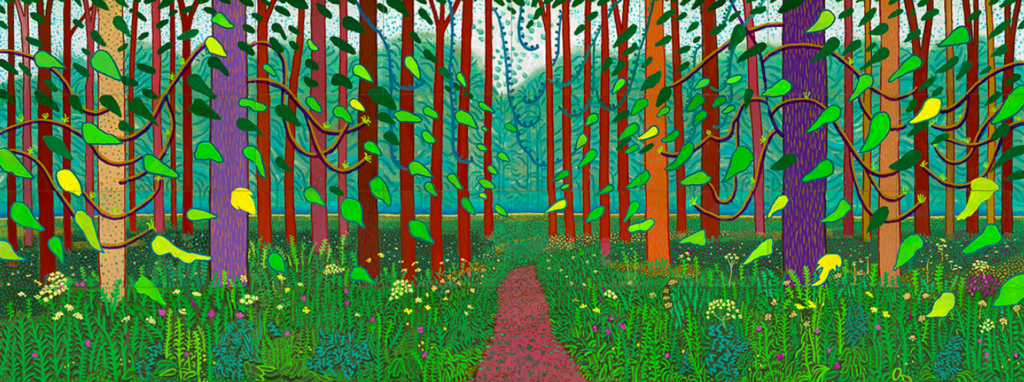
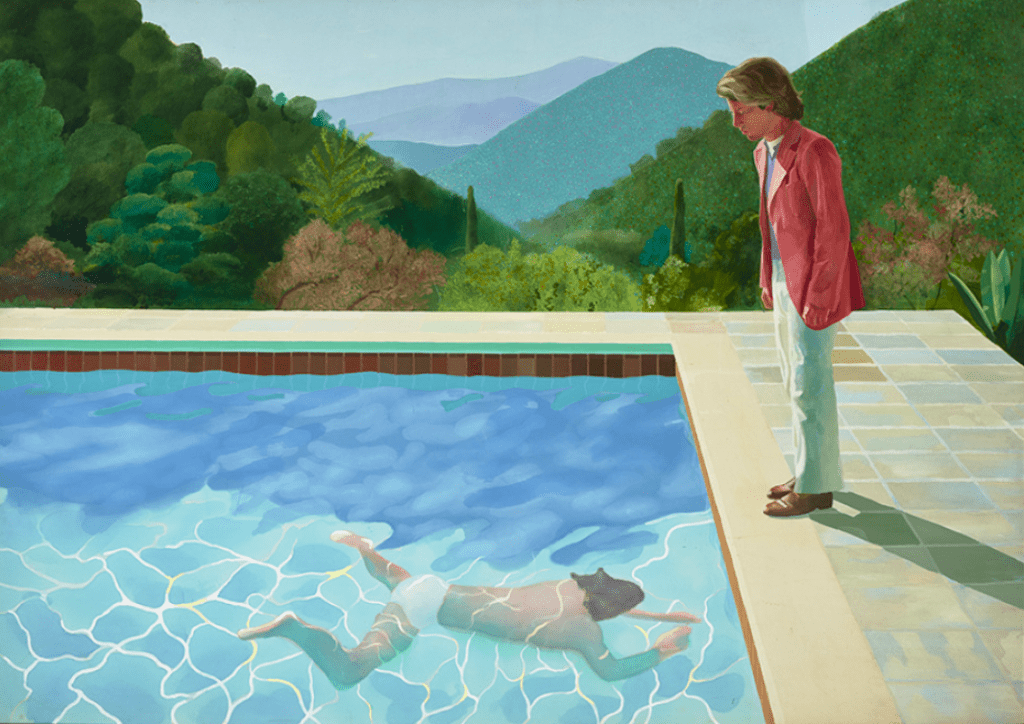
Last Updated on August 1, 2023

A Studio Visit During the La BIBI Residency
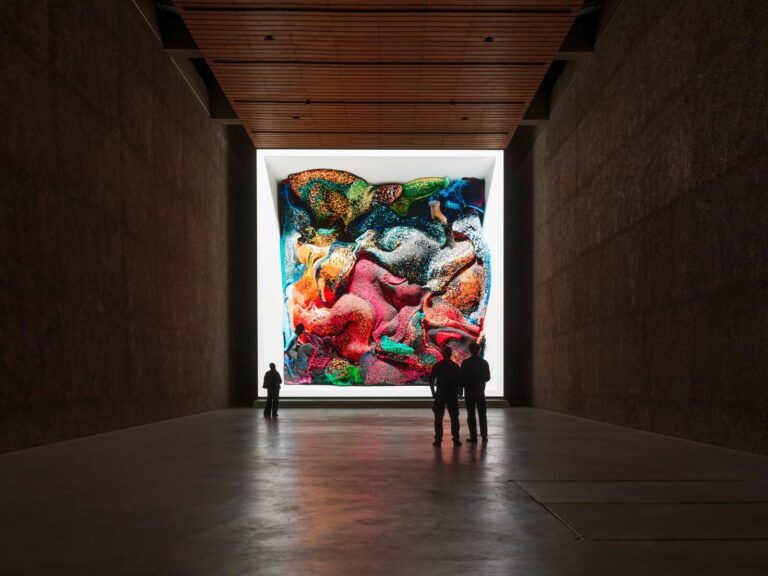
A Reasoned Anthology